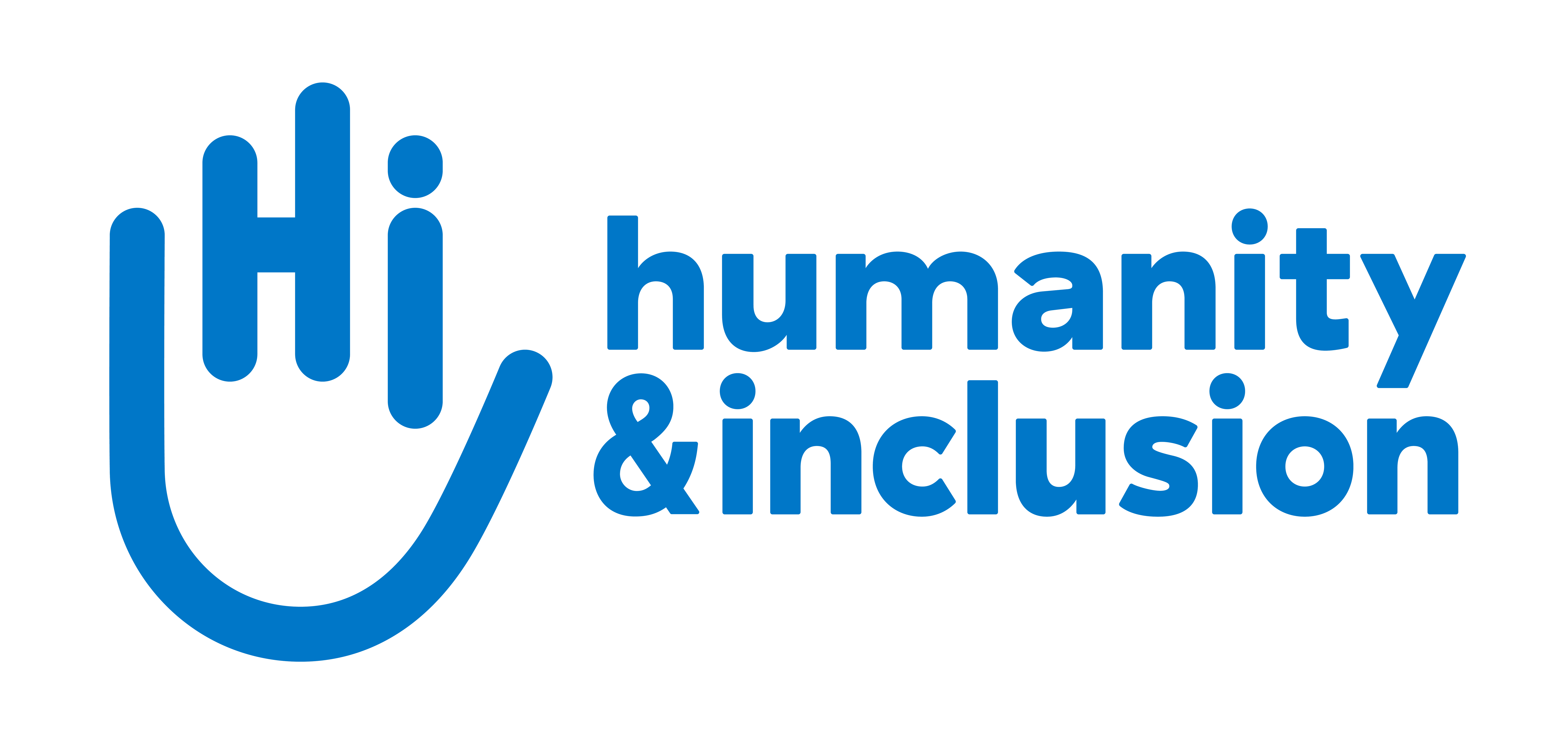Mine action: an essential component of humanitarian action
Jean-Baptiste Richardier, co-founder of Handicap International, was present at the 20th International Meeting of Mine Action National Programme Directors and United Nations Advisors, which ended on 10 February. Here, he explains why Handicap International is committed to humanitarian mine action.

Jean-Baptiste Richardier, co-founder of Handicap International, was present at the 20th International Meeting of Mine Action National Programme Directors and United Nations Advisors, which ended on 10 February. Here, he explains why Handicap International | © Pascal Grappin / Handicap International
“Handicap International has been involved in mine action since the early 1990s, when the UN Refugee Agency, the UNHCR, was faced with the very real dilemma of organising the return of Cambodian refugees from Thailand to Cambodia, where the areas of return were still heavily contaminated by millions of mines and other remnants of war.
The polemic reached its peak when a UNHCR official publically stated, and not without courage, that “yes, Cambodia will be mine-free one day... one step at a time!”
Start of humanitarian mine clearance
Faced with legal deadlock at its headquarters in New York, United Nations executives found themselves unable to hire mine clearance experts trained by specialist military personnel deployed in the field. So they asked Handicap International to recruit the first ninety Cambodian deminers. That’s how our organisation first became involved in humanitarian mine clearance.
From the moment Handicap International created its Mine Action Division, it put constant pressure on the leading mine clearance NGOs to work together in order to strengthen our joint influence on the UN. At the time, mine action was still considered to fall under the responsibility of the military authorities.
Mine clearance: a humanitarian commitment
Mine action is an essential component of humanitarian action. Mine clearance consists in protecting civilians, providing them with access to emergency operations and then to development projects.
Of course, mine action also consists in limiting the impact of contamination and accidents on casualties, their families and communities by providing victims with early assistance. By which I mean assistance that is not delayed until the situation is considered favourable to rehabilitation that meets demanding criteria in line with quality standards widely acknowledged as impossible to satisfy. Casualties need or at the very least have the right to emergency assistance and rehabilitation care as soon as possible after suffering their terrible loss.
Law enforcement
Acknowledging that mine action is a humanitarian action is also a way of reminding all stakeholders that it is founded on international humanitarian law. Our commitment to mine action consists in putting human beings at the heart of our security, protection and victim assistance concerns.
This applies just as much to disputed areas as it does to abandoned battlefields not cleared by belligerent parties, who show no consideration for the risks run by villagers and small-scale farmers who have no other choice than to try to cultivate their land in order to simply survive.
Syrian challenge
In this regard, the Syrian crisis raises considerable challenges. Handicap International has run risk education and physical rehabilitation projects since 2012. For the moment, we are continuing to gather data on potentially hazardous areas in southern Syria and stepping up advocacy on the use of explosive weapons in densely populated areas.
As regards mine clearance and mine risk education, we urgently need to put together contingency plans not only to prepare for the return of refugees to Syria, but also of internally displaced people, who are set to arrive in contaminated areas in large numbers. Mine clearance infrastructure and roads will take priority once a peace agreement has been signed. One of the biggest challenges will be to decontaminate tonnes of debris. Correctly equipped teams should be ready for deployment alongside large-scale humanitarian aid operations.
Adapting to new situations
We need to adapt our actions to a complex and difficult environment, in which civilians without experience or training are clearing the mines themselves, because they need to access essential services such as hospitals, schools and markets, but also religious places, homes and their land.”





